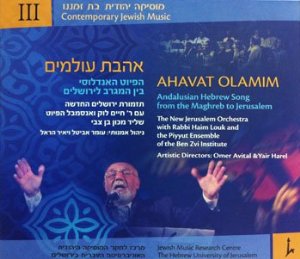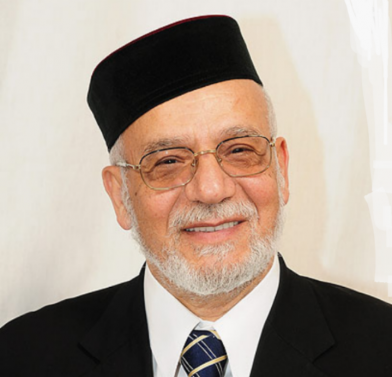2012
C. Love: Overture, Yedid Nefesh, Omar la-Adonay Maḥsi
The "Love" section is built around the nuba Ramel maya, which inspires in the listener a feeling of spiritual longing. In the Muslim Andalusian tradition, this nuba is mainly used for religious song and praise of the Prophet. The beginning of the piece is s short instrumental introduction presenting the central motif of the melody in polyphonic orchestral arranement. Following this are two improvisational solos performed to an irregular beat, first on the kemanja (Moroccan violin, played by Elad Levi), then sung. Both present the characteristic melodic sequences of the nuba. After this opening, the piyyut "yedid nefesh" is performed. Its author, R. Elazar Azkari (or Azikri; Safed, 5293/1533-5360-1600), defined it as "a supplication for yihud (cleaving of the individual with the Divinity) and loving desire." This piyyut earned a position of honor in Jewish tradition in general and Moroccan tradition in particular, and many melodies were written for it. The melody chosen here is of Algerian origin, in an adaption that expands the traditional harmony and emphasizes the string quartet. Concluding this section is Omar la-Adonay maḥsi, written by a poet named Mas’ud (this may be R. Mas’ud ben Mordechai Asab‘uni of Marrakesh, late 19th-early 20th c.) is is a stirring and energetic piyyut, mostly sung as part of the bakkashot and at the brit milah (circumcision ceremony), with the figure of Elijah the Prophet appearing in the refrain.






